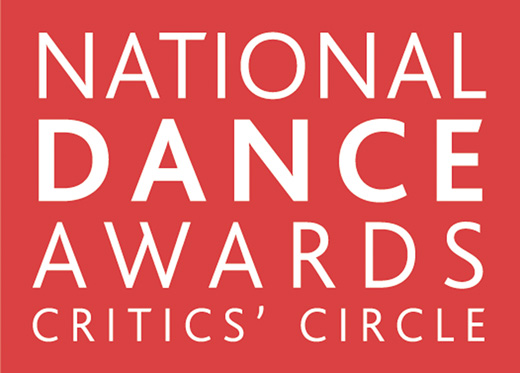 The Critics’ Circle National Dance Awards for 2013 took place at The Place’s Robin Howard Dance Theatre on 27 January 2014. A prestigious event for acknowledging dance talent, the awards recognise an array of talents throughout the previous year.
The Critics’ Circle National Dance Awards for 2013 took place at The Place’s Robin Howard Dance Theatre on 27 January 2014. A prestigious event for acknowledging dance talent, the awards recognise an array of talents throughout the previous year.
The awards are decided by the 60 members of the Dance Section of the Critics’ Circle after an extensive round of nominations and voting. To be eligible, performances had to be given in the UK between 1 September 2012 and 31 August 2013. The awards were hosted by former NDA winner, Tommy Franzèn, and Bennet Gartside of The Royal Ballet.
CRITICS’ CIRCLE NATIONAL DANCE AWARDS WINNERS 2013
BEST CLASSICAL CHOREOGRAPHY
Christopher Wheeldon for Aeternum by The Royal Ballet
BEST MODERN CHOREOGRAPHY
Russell Maliphant for Fallen by BalletBoyz® The TALENT
OUTSTANDING MALE PERFORMANCE (CLASSICAL)
Nicolas Le Riche for Le Jeune Homme et la Mort / English National Ballet
DANCERS PRO AWARD FOR OUTSTANDING MODERN PERFORMANCE (FEMALE)
Julie Cunningham for New Works 2012 / Michael Clark Company
OUTSTANDING FEMALE PERFORMANCE (CLASSICAL)
Yuan Yuan Tan for RAkU / San Francisco Ballet
DANCERS PRO AWARD FOR OUTSTANDING MODERN PERFORMANCE (MALE)
Paul White for The Oracle / Meryl Tankard
JANE ATTENBOROUGH DANCE UK INDUSTRY AWARD
Amanda Chinn, General Manager of Scottish Dance Theatre
GRISHKO AWARD FOR BEST INDEPENDENT COMPANY
BalletBoyz® The TALENT
STEF STEFANOU AWARD FOR OUTSTANDING COMPANY
Mikhailovsky Ballet
THE DANCING TIMES AWARD FOR BEST MALE DANCER
Dane Hurst / Rambert Dance Company
GRISHKO AWARD FOR BEST FEMALE DANCER
Natalia Osipova / Mikhailovsky Ballet
DE VALOIS AWARDS FOR OUTSTANDING ACHIEVEMENT
Leanne Benjamin
Matthew Bourne
The awards are a celebration of brilliance amongst the diversity of dance forms. More than 200 nominations of companies, choreographers and performers were received from dance critics and the eventual 40 short-listed for the awards came from a wide spectrum.
The 15th National Dance Awards will be held on Monday 26 January 2015.

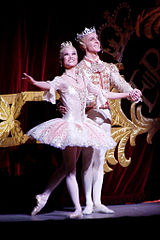 The Royal Ballet’s Principal dancer Steven McRae has been awarded Young Australian Achiever of the Year in the UK by the Australia Day Foundation. Marking Australia Day abroad has taken in a whole new meaning for him being named with this prestigious title, as he continues to aim inspire children to chase their dreams too.
The Royal Ballet’s Principal dancer Steven McRae has been awarded Young Australian Achiever of the Year in the UK by the Australia Day Foundation. Marking Australia Day abroad has taken in a whole new meaning for him being named with this prestigious title, as he continues to aim inspire children to chase their dreams too.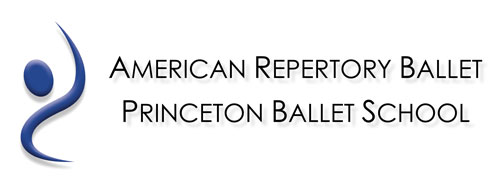 American Repertory Ballet will present its first ‘On Pointe Enrichment Series’ event on 7 February, specifically aimed at children from 2 years, and their families, entitled “Telling Stories Through Dance”. The American Repertory Ballet Trainees and members of American Repertory Ballet Workshop (ARBW), a performing group comprised of Princeton Ballet School’s advanced students, will perform Matthew Keefe’s Grumpy Bird and selected variations from Princeton Ballet School’s spring 2014 production of The Sleeping Beauty. All American Repertory Ballet’s On Pointe events are free and open to the public.
American Repertory Ballet will present its first ‘On Pointe Enrichment Series’ event on 7 February, specifically aimed at children from 2 years, and their families, entitled “Telling Stories Through Dance”. The American Repertory Ballet Trainees and members of American Repertory Ballet Workshop (ARBW), a performing group comprised of Princeton Ballet School’s advanced students, will perform Matthew Keefe’s Grumpy Bird and selected variations from Princeton Ballet School’s spring 2014 production of The Sleeping Beauty. All American Repertory Ballet’s On Pointe events are free and open to the public.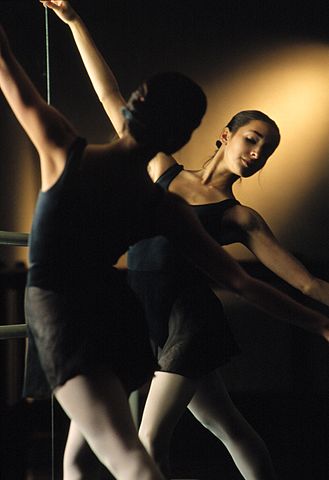 Dancer turned choreographer Carlos Acosta has warned that ballerinas are causing a crisis in the dance world because too few are making the leap to a career as top-level professional dancers. This sweeping statement seems rather unsupported, with Acosta claiming there are no female dancers of a sufficient stature for him to perform opposite, with girls becoming ‘non-existent’.
Dancer turned choreographer Carlos Acosta has warned that ballerinas are causing a crisis in the dance world because too few are making the leap to a career as top-level professional dancers. This sweeping statement seems rather unsupported, with Acosta claiming there are no female dancers of a sufficient stature for him to perform opposite, with girls becoming ‘non-existent’.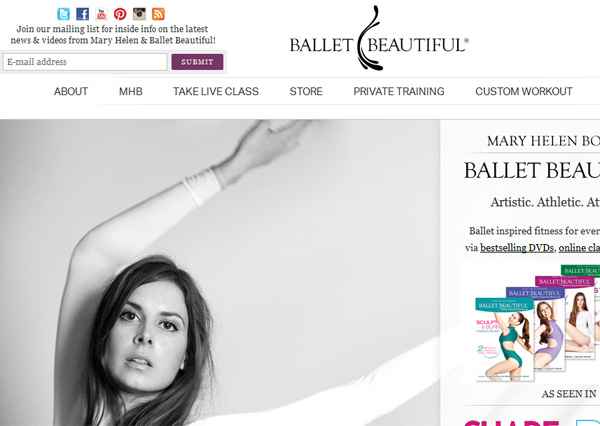 Mary Helen Bowers is the ballerina behind
Mary Helen Bowers is the ballerina behind 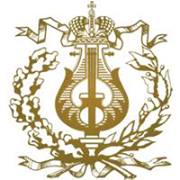 The Mariinsky Ballet has announced plans for its London season in the summer of 2014: the season will run from 28 July to 14 August at the Royal Opera House, opening with the classic tale Romeo and Juliet. The company will also dance a triple bill of The Firebird, Marguerite and Armand and Concerto DSCH, Swan Lake and a George Balanchine double bill of A Midsummer Night’s Dream – the first time the company has danced this work in the UK – and Apollo. The season will end with the London premiere of Alexei Ratmansky’s Cinderella, a production eagerly awaited by London audiences.
The Mariinsky Ballet has announced plans for its London season in the summer of 2014: the season will run from 28 July to 14 August at the Royal Opera House, opening with the classic tale Romeo and Juliet. The company will also dance a triple bill of The Firebird, Marguerite and Armand and Concerto DSCH, Swan Lake and a George Balanchine double bill of A Midsummer Night’s Dream – the first time the company has danced this work in the UK – and Apollo. The season will end with the London premiere of Alexei Ratmansky’s Cinderella, a production eagerly awaited by London audiences.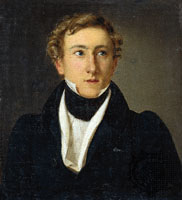 Iconic classical ballet productions such as Swan Lake, La Sylphide, Giselle, and The Sleeping Beauty are all the work of one choreographer: August Bournonville. It is arguable that La Sylphide is perhaps the most internationally famous representative of classical Danish ballet, created by Bournonville and paying homage to the distinct Danish style of classical ballet. The style was prolific, having engendered the ‘Bournonville school’ or ‘Bournonville ballet’.
Iconic classical ballet productions such as Swan Lake, La Sylphide, Giselle, and The Sleeping Beauty are all the work of one choreographer: August Bournonville. It is arguable that La Sylphide is perhaps the most internationally famous representative of classical Danish ballet, created by Bournonville and paying homage to the distinct Danish style of classical ballet. The style was prolific, having engendered the ‘Bournonville school’ or ‘Bournonville ballet’.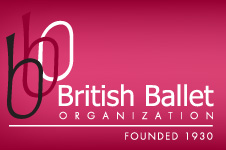 John Travis, the director of the British Ballet Organisation, recently announced significant news which will enable the BBO to develop, secure its future and enhance the support and service provided to its members and the dance profession. It’s current home, Woolborough House, has been a much loved home for the organisation; however the BBO has outgrown the building and it is no longer fit for purpose. After a lengthy and complex process the sale of Woolborough House has been agreed and will be completed early in 2014.
John Travis, the director of the British Ballet Organisation, recently announced significant news which will enable the BBO to develop, secure its future and enhance the support and service provided to its members and the dance profession. It’s current home, Woolborough House, has been a much loved home for the organisation; however the BBO has outgrown the building and it is no longer fit for purpose. After a lengthy and complex process the sale of Woolborough House has been agreed and will be completed early in 2014.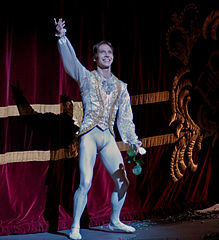 Johan Kobborg has recently been appointed as director of the National Romanian Ballet, taking up his new post in February 2014. This announcement came after the first night of Kobborg’s production of La Sylphide for the company, which opened on 7 December, meaning Kobborg will be at the helm of the company, steering it in an exciting direction.
Johan Kobborg has recently been appointed as director of the National Romanian Ballet, taking up his new post in February 2014. This announcement came after the first night of Kobborg’s production of La Sylphide for the company, which opened on 7 December, meaning Kobborg will be at the helm of the company, steering it in an exciting direction.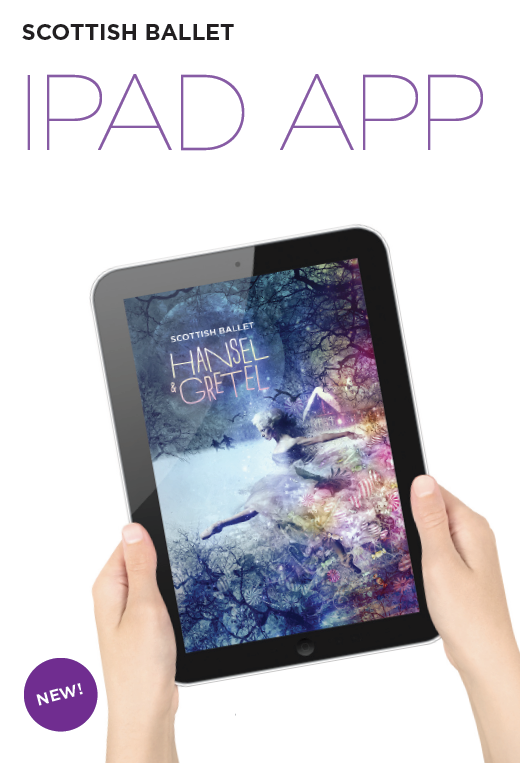 Scottish Ballet has recently launched an app for iPad, free to download for users and full of secrets from behind the scenes of Scotland’s company. The app can be downloaded by browsing for Scottish Ballet in the App Store and tapping FREE followed by INSTALL APP. Once installed, your new app will be sitting on your Newsstand shelf waiting to be read!
Scottish Ballet has recently launched an app for iPad, free to download for users and full of secrets from behind the scenes of Scotland’s company. The app can be downloaded by browsing for Scottish Ballet in the App Store and tapping FREE followed by INSTALL APP. Once installed, your new app will be sitting on your Newsstand shelf waiting to be read!